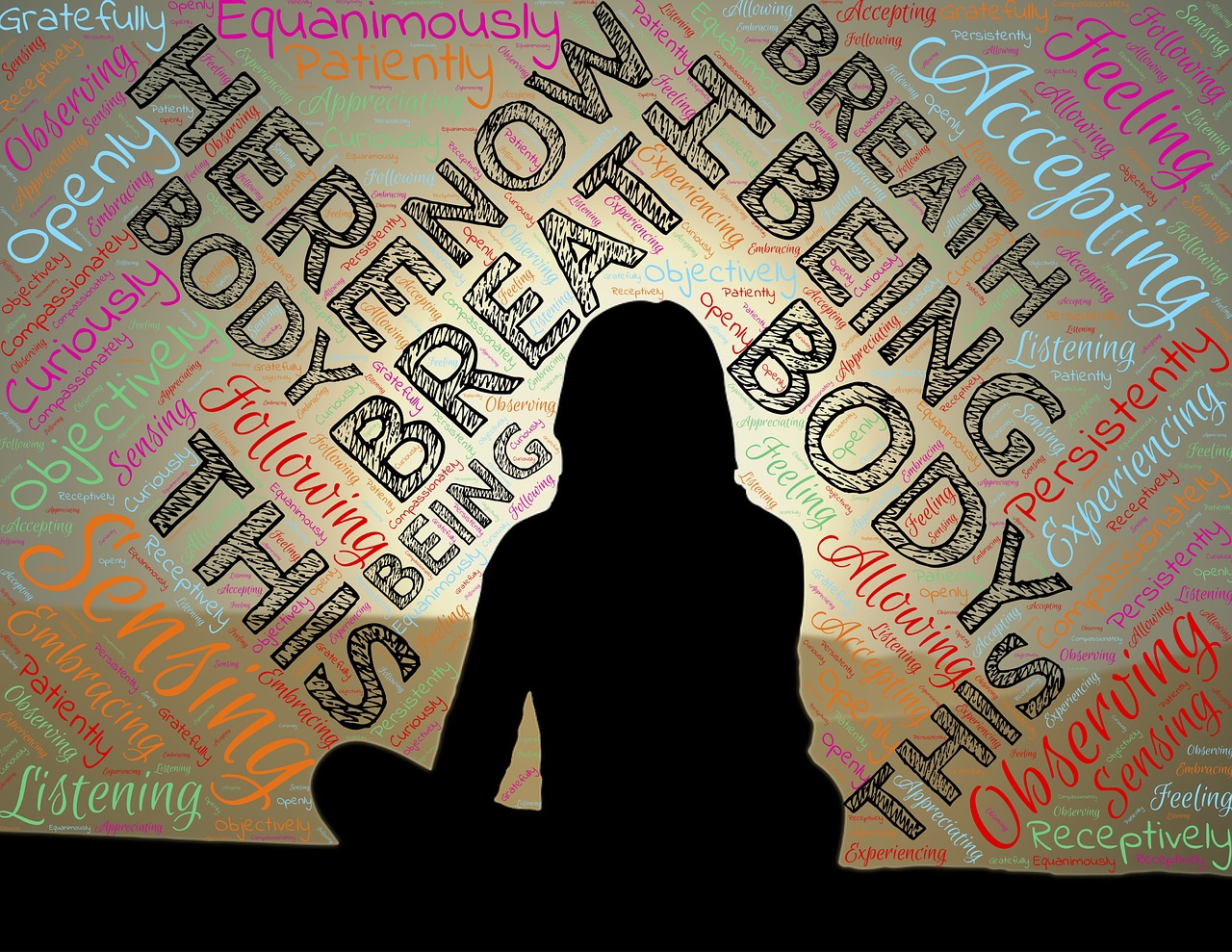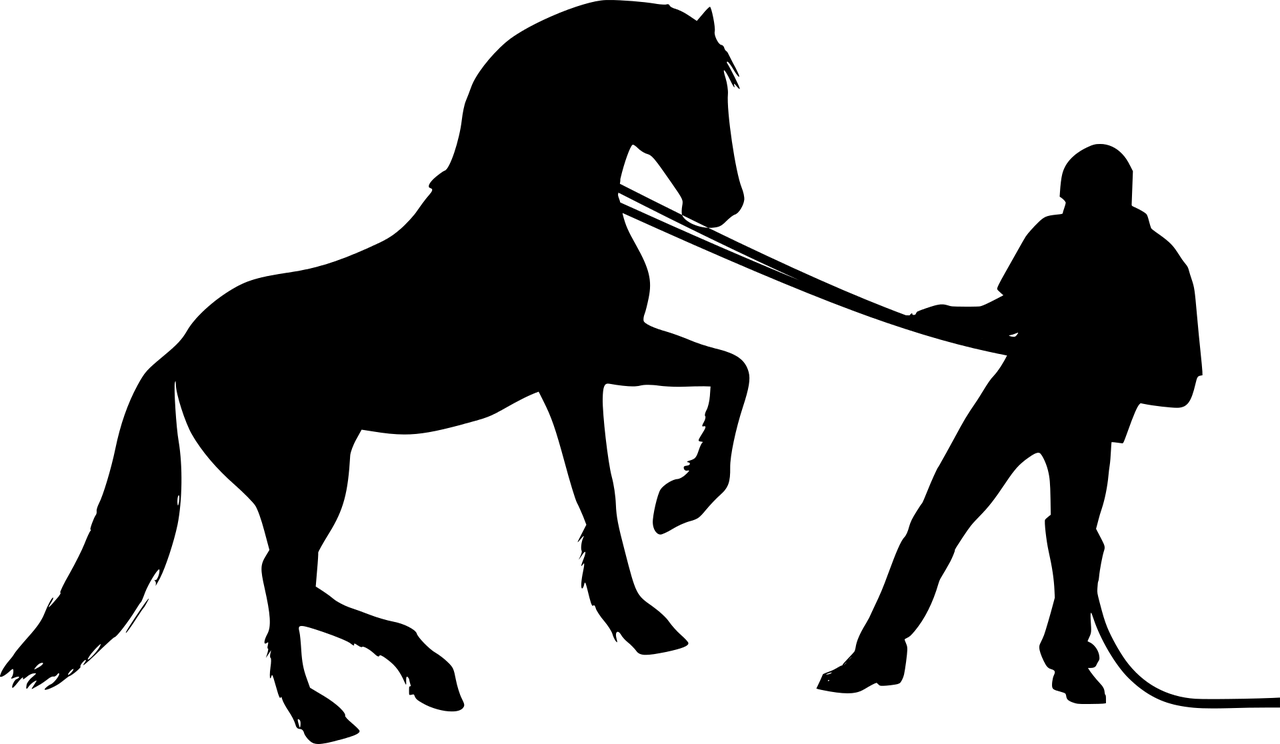Pranayama for mental disorder made simple
– sachin rana

” The mind & body are not separate entities. The gross form of the mind is the body & the subtle form of the body is the mind “.
The first thing we need to do before doing pranayama is to understand it and questioning why it is done ?
Pranayama is not just sitting and breathing oxygen which we are doing it anyway.
It is a tool given by our ancestors to synchronize between mind and body and can act as antidot in mental disorders.
How does pranayama helps in mental disorders?

1) In a study of 2013, it is found that pranayama has a major impact on the lives of people that are suffering from anxiety, stress, and depression.
2) There are studies that shows that pranayama helps in quitting smoking and fighting withdrawal symptoms that are associated with quitting.
3) Pranayama release endorphins and activates the parasympathetic nervous system. That helps in psychological well-being and enthusiasm.
4) It helps in producing growth hormones when doing kumbhaka ( breathe retention).
We have understood its role in mental disorders uptil now.
Then it is imperative to know about pranayama before learning it isn’t it?
What is Pranayama and its origin?

Pranayama was originated in ancient India around the sixth or seventh century BCE.
It was also mentioned as a part of Maharishi Patanjali’s 8 limbs of yoga.
Pranayama is a combination of two words , Prana + ayama . Where prana means vital energy (not air ) and Ayama means control.
So pranayama is the control of vital energy in our body through breath.
What is prana?

Prana is a Sanskrit word that means vital energy . It resides in every living-breathing organism.
Prana is also known as “Chi” in Chinese, but its meaning is the same.
Difference between prana and air
We misinterpret prana with air.
Air is just a carrier just like the sound is transmitted through the air only.
Similarly, prana which is energy gets transmitted to our body organs via air.
So they both are different things and they should not be mixed.
What is the meaning of ayama?

Ayama simply means modulation or control.
In sense of pranayama, control is focused on breathing. It involves rhythmic breathing and also holding of breath as per capacity.
Common terms used in pranayama that you must know.
1 ) PURAKA
In yogic terms puraka means inhalation.
It is a process of increasing inhalation while keeping exhalation the same.
2 ) RECHAKA
Rechaka refers to exhalaxation.
It is a process of increasing exhalation while keeping inhalation the same.
3 ) Kumbhaka
Kumbhaka refers to holding of breathe.
It is mainly of two types – internal kumbhaka, and external kumbhaka.
a) External Kumbhaka
In this type, breath is held after a complete exhalation. Keeping the air from entering inside the lungs.
b) Internal Kumbhaka
Breathe is held after complete inhalation.Keeping the air from escaping from the lungs.
Researched results of pranayama
Research studies demonstrated a significant effect on cardiorespiratory functions, in patients with bronchial asthma.
With the improvement of pulse rate, systolic blood pressure, and respiratory function measurements.
Furthermore, a reduction in the frequency of attacks, severity, and medication requirement was also observed, with improved quality of life (QOL).
So it is clear that pranayama has an actual impact on the body. It is not just a stupid ritual, science has proved that now with data.
Top pranayams that i use for mental health
Note: These pranayams are in order so follow it this way.
Reason – kapalbathi and bhastrika are cleaning techniques that prepare your lungs for actual pranayam which are slow breathing.
Breathe control begins when breathing is slow and controlled.
1 ) Kapalbathi pranayam.
2) Bhastrika pranayam.
3) Anulom Vilom.
4 ) Bhramari pranayam.
Precaution and safety advice

1 ) Our lungs are not built for pranayam so we need to train them slowly over time.
2 )Start slowly for about 5 min in the first week then increase the time as capacity slowly increase.
3) Lungs are just like muscles, you can not bench press 100 kg on the first day of gym.
4) Do technique carefully as in the video even if it takes time because if you practice the wrong techniques there may be some adverse effects.
Thank You for Reading


thank you for reading out ,, i really appreciate your comments